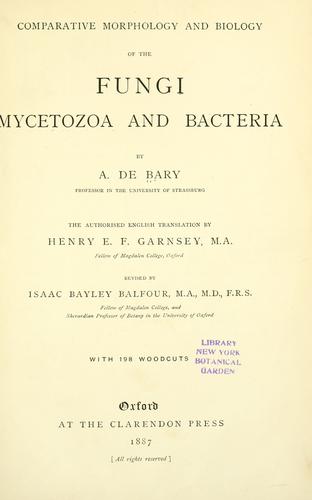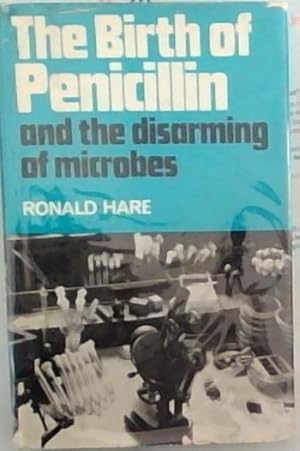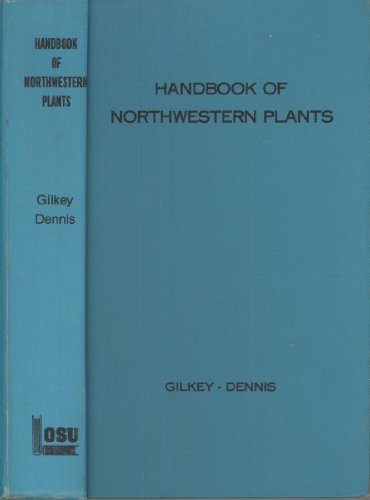
Williams is considered a pioneer in the field. She was recognized as an expert on the genus Candida, a yeast-like fungus that causes disease in humans.
The Medical Mycological Society of the Americas has named an award to honor her work, which included co-founding the first laboratory for medical mycology research in the U.S. Also, the fungus Trichophyton benhamiae honors her contributions.
Berkeley was an English clergyman, who became one of the founders of the science of plant pathology. He identified some 6,000 species of fungi. He published Introduction to Cryptogamic Botany in 1857, displaying a deep understanding of plant physiology and morphology.
Berkeley corresponded with fellow mycologist Anna Maria Hussey, assisting her in identifying specimens she'd collected for his herbarium.
Bolton's main interest was fungi, which he collected and illustrated. His three-volume An History of Fungusses growing about Halifax (1788–1790) was the first English-language work devoted to fungi.
Margaret Church and Charles Thom co-authored the first manual on the Aspergillus mold. She conducted experiments on soy fermentation and wrote the first authoritative treatment of Asian fermented foods.
Related reading:
Many consider de Bary's to be the founder of mycology. In 1853, de Bary wrote Untersuchungen über die Brandpilze und die durch sie verursachten Krankheiten der Pflanzen ("Investigations into smut fungi and the diseases of plants caused by them with regard to grain and other useful plants"). He coined the term symbosis, meaning 'the living together of unlike organisms" in 1879, observing how lichens are formed.
Related reading:
 Comparative morphology and biology of the Fungi, Mycetozoa and bacteria
Comparative morphology and biology of the Fungi, Mycetozoa and bacteria
While not a mycologist by trade, Alexander Fleming changed the course of medicine with the discovery of penicillin in 1929.
Fleming initially had difficulties isolating and stabilizing the substance, which hampered his success. An Oxford University team of scientists, led by Howard Florey and Ernst Chain, worked with penicillin and were able to turn Fleming’s discovery into a life-saving therapeutic. The three men shared the 1945 Nobel Prize in Physiology or Medicine.
Related reading:
 The birth of penicillin, and the disarming of microbes
by
The birth of penicillin, and the disarming of microbes
by
Dingley wrote a major, comprehensive list of New Zealand plant diseases, published in 1969. She also made significant contributions of materials to the New Zealand Fungal Herbarium.
Dingley was a recognized authority on the fungus Ascomycetes; her main interest was in the taxonomy of the Hypocreales. About 30 species of fungi have dingleyae as their species name, and the genus Dingleya was also named after her.
 Hypocrea and Trichoderma studies marking the 90th birthday of Joan M. Dingley
Hypocrea and Trichoderma studies marking the 90th birthday of Joan M. Dingley
In addition to being a mycologist and botanist, Gilkey was also an illustrator and watercolor artist. She received the "Outstanding Scientist" award from two different organizations. In 2006, the truffle genus Gilkeya was named in her honor.
Related reading:
 Handbook of Northwestern plants
Handbook of Northwestern plants
Gwynne-Vaughan served as both the President of the British Mycological Society, and as chair of the botany section of the British Association for the Advancement of Science in 1928. She published her first text, Fungi: Ascomycetes, Ustilaginales, Uredinales in 1922. She and B. F. Barnes co-authored The Structure & Development of the Fungi in 1927.
Hazen's work focused on infectious diseases, specifically fungal infections. She partnered with chemist Rachel Fuller Brown (both worked in the NY State Department of Public Health), investigating the chemical and toxicological properties of an organism she named Streptomyces noursei.
After a protracted argument over patent rights, Hazen and Brown received a U.S. patent for their discovery of the antifungal antibiotic, nystatin (2,797,183) in 1957.
Hussey produced a two-volume work, Illustrations of British Mycology (1847-1855), showcasing her knowledge of fungi. She collaborated with mycologist and clergyman Rev. Miles Berkeley, who named a fungal genus Husseia after her, citing "my friend, Mrs. Hussey, whose talents well deserve such a distinction". She also worked with M.C. Cooke, who also recognized her in his 1875 text on fungi.
Hussey's work earned her a place in the LHL exhibition, Women’s Work: Portraits of 12 Scientific Illustrators in 2005.
Related reading: